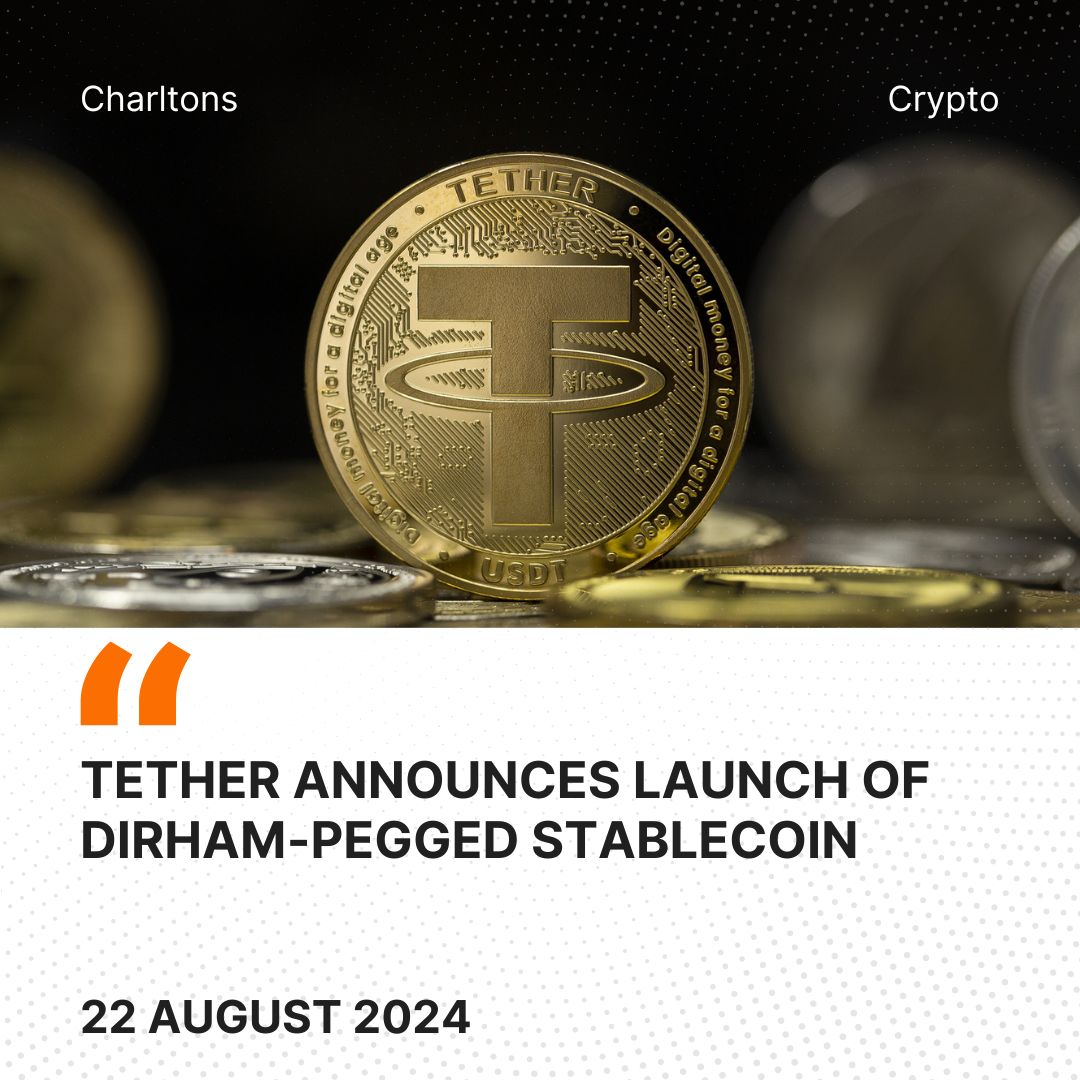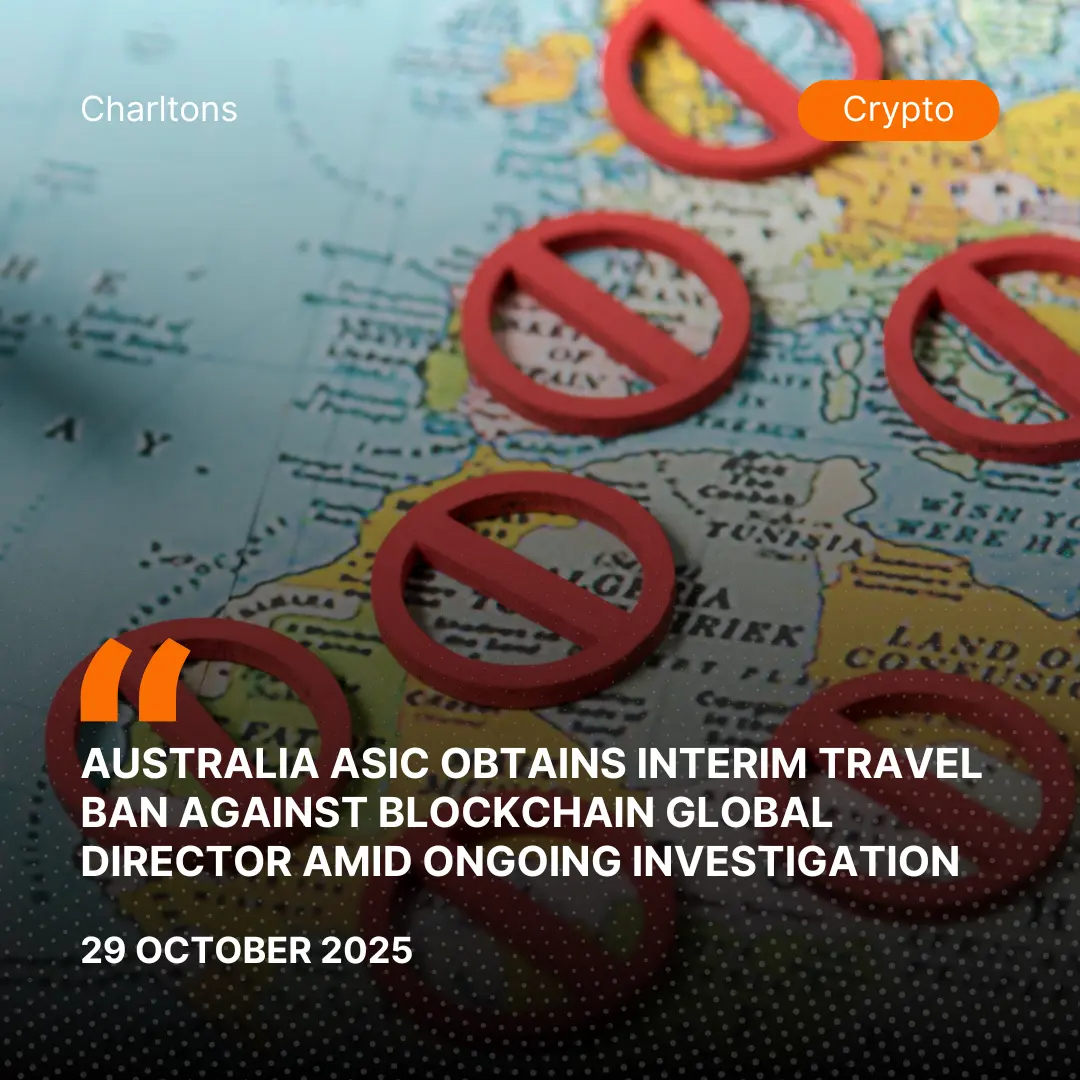
On 20 August 2024, Tether, the world’s largest issuer of stablecoins, announced the launch of a new stablecoin pegged to the UAE Dirham (AED). This development marks a strategic collaboration between Tether and UAE-based companies, Phoenix Group and Green Acorn Investments, aiming to introduce a digital asset fully backed by liquid reserves within the UAE. The new Dirham-pegged stablecoin is expected to play a pivotal role in enhancing financial transactions both within the UAE and on an international scale, offering a secure and efficient means for trade, remittances, and reducing transaction costs.
The introduction of this stablecoin comes as the UAE continues to assert itself as a global economic hub, particularly in the areas of blockchain and digital assets. With the implementation of the UAE Central Bank’s Payment Token Services Regulation (PTRS), the Dirham-pegged stablecoin will be launched under a robust regulatory framework designed to ensure its stability and security. The PTRS framework mandates that businesses and vendors in the UAE only accept crypto payments for goods and services if they are backed by Dirham-pegged tokens. This regulation, coupled with the requirement for foreign payment token issuers to register with the Central Bank and maintain 100% of their reserves in cash, underscores the UAE’s commitment to fostering a secure and transparent digital financial ecosystem.
The launch of Tether’s Dirham-pegged stablecoin aligns with the UAE’s broader vision of becoming a leader in digital finance, a vision further supported by the establishment of the Virtual Asset Regulatory Authority (VARA) and the emergence of Dubai and Abu Dhabi as global innovation hubs for crypto assets and blockchain technology. As the UAE continues to embrace digital technologies, this new stablecoin is poised to become a critical tool for businesses and individuals seeking to leverage the benefits of the Dirham in the rapidly evolving digital economy.
The regulatory environment surrounding stablecoins has been evolving rapidly as governments and financial authorities around the world recognize the need to ensure the stability and security of these digital assets. The UAE’s Payment Token Services Regulation is a prime example of how nations are proactively creating frameworks to manage and regulate the issuance and use of stablecoins. Such regulations are crucial in preventing the misuse of stablecoins for illicit activities and ensuring that they are backed by sufficient reserves. The global financial community is closely monitoring these developments, as the regulation of stablecoins will play a pivotal role in their broader acceptance and integration into the mainstream financial system.
From a user and trader perspective, stablecoins have gained significant traction due to their ability to provide the stability of traditional currencies combined with the benefits of blockchain technology. Consumers and businesses alike appreciate the lower transaction costs, faster settlement times, and the ability to conduct cross-border transactions without the need for intermediaries. However, there are also concerns about the transparency of reserve holdings and the potential risks associated with the centralization of stablecoin issuers. Despite these concerns, the demand for stablecoins continues to grow, particularly in regions like the UAE, where there is a strong appetite for innovative financial solutions.
While the rise of stablecoins presents numerous advantages, it also raises several critical issues that need to be addressed. The centralization of stablecoin issuance by a few major players, such as Tether, poses risks related to market dominance and the potential for systemic instability if these issuers were to face financial difficulties. Additionally, the rapid proliferation of stablecoins has sparked debates about their impact on monetary sovereignty, especially in emerging markets where these digital assets could potentially compete with national currencies.
Despite the challenges, the future of stablecoins appears bright, with significant potential to revolutionize the way we conduct financial transactions. As more countries and regions, like the UAE, embrace stablecoins, these digital assets could become a cornerstone of the global financial infrastructure.





